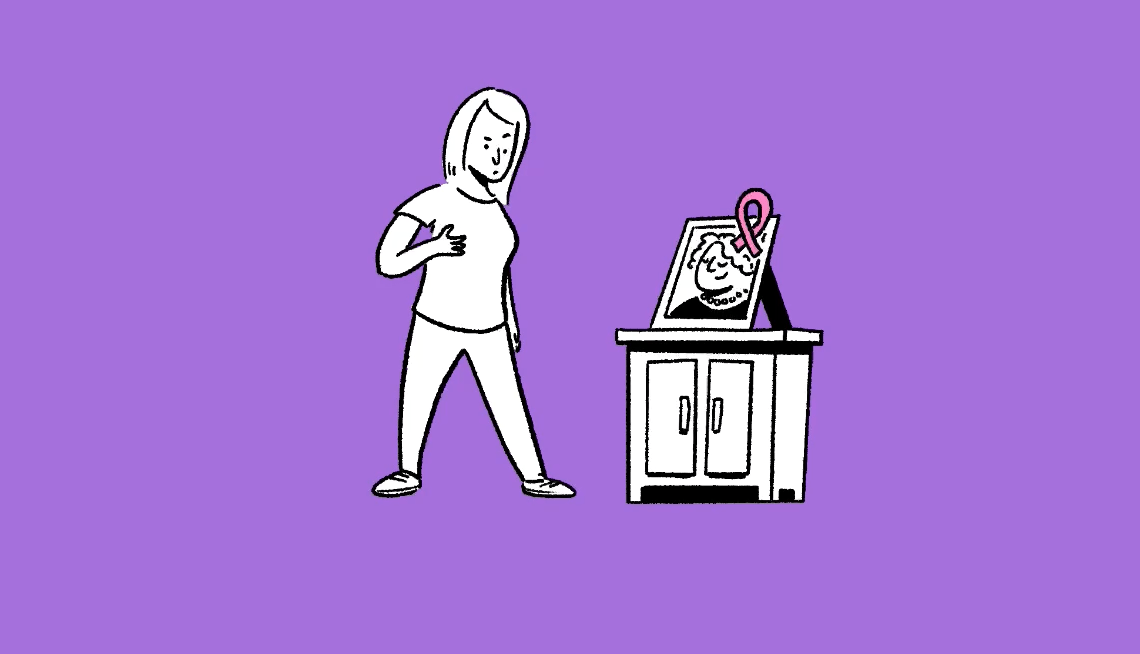AARP Hearing Center


My mother and grandmother both had breast cancer. Are there things I can do to lower my risk?
What I love about this question is that you’re being proactive with your future health. It’s important to take a forward-looking approach to our healthcare rather than just waiting around for things to happen. In your case, knowing your family’s medical history has alerted you, and your doctor, to your risk for developing breast cancer.
Your doctor may recommend genetic testing as your next step. Genetic testing is usually done with a blood sample, but bodily fluid or tissue can also be used. The test looks for genetic changes, sometimes called mutations or variants in your DNA. Genetic changes can increase your risk of disease or other health issues.
When I’ve suggested genetic testing to my patients, some have told me: “Adam, I don’t want to do it — because I don’t want to know.” I understand if someone prefers not to be tested for something we can’t treat. But we’ve made enormous strides in breast cancer treatments and diagnoses in the last 20 years. The 5-year survival rate in the United States for all types and stages of breast cancer combined is 91 percent according to the National Breast Cancer Foundation. When a patient is diagnosed early with breast cancer and receives effective treatment right away, survival rates jump to as high as 99 percent.


Ask Dr. Adam
Adam B. Rosenbluth, M.D., is an internist and cardiologist in New York City. Each Monday, he’ll weigh in on your questions about how to make your body work better for you. His AARP book will be published in 2027.
Genetic testing can help lead to an early diagnosis. It specifically looks for mutations in genes, such as BRCA1 and BRCA2. (Genetic testing also looks at other genes; BRCA is the most well known right now, but it’s not the only one) If someone has either of these mutations, it increases their risk of developing breast cancer. This is true for both men and women. Although breast cancer in men is relatively rare, it does happen. These gene mutations also increase the risk of ovarian cancer in women, prostate cancer in men, and pancreatic cancer in both men and women.
When you’re empowered with the knowledge of your genetics, you and your medical team can come up with a more informed plan together. Going forward, your doctor might suggest increasing the frequency of diagnostic testing and perhaps include additional tests. These days, we have several different screening options for breast cancer. Not only can you take a mammogram, but there’s also sonogram, ultrasound, and MRI options. If you have dense breasts, your mammography facility will let you know. Because dense breast tissue can make it more difficult to detect cancer, you might want to discuss what type of imaging you should have with your doctor.






























































You Might Also Like
Doctor, Why Am I So Tired?
How to get your energy backBreakthroughs in Colon Cancer Screening
Two new screening tools are helping doctors detect the diseaseTry These Tips for Living a Healthier Life
Small changes can add up to big mental and physical results
Recommended for You